In the heart of Hanoi , the One Pillar Pagoda stands out like a graceful lotus flower, a unique architectural and spiritual symbol that has existed with Thang Long - Hanoi through many historical ups and downs. With its architecture recognized by the Asian Record Organization as "the most unique in Asia" in 2012, this pagoda is a must-see destination for anyone who wants to learn about Vietnamese culture.
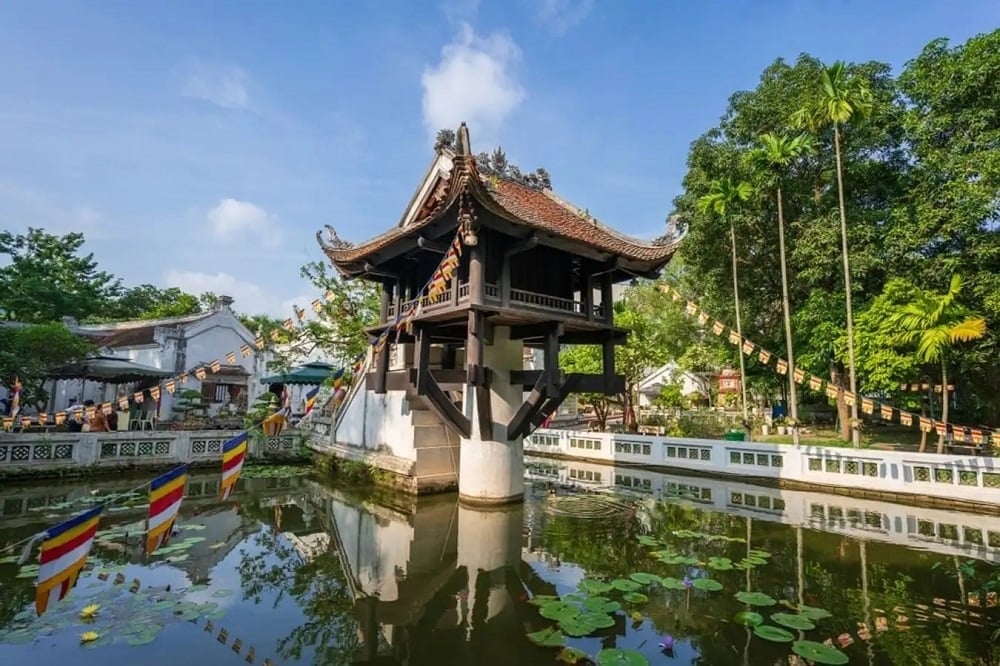
Unique architecture - Lotus on the water
The highlight that makes the One Pillar Pagoda different is that the entire structure is placed on a single stone pillar. The structure is built in the image of a lotus blooming on the water, symbolizing purity and wisdom in Buddhism.
Main structure
The structure of the pagoda consists of three main parts: pillars, lotus platform and roof.
- Pillar: Made up of two stacked stone blocks, 1.2 meters in diameter and 4 meters high. This sturdy stone pillar supports the entire pagoda, creating the image of a lotus rising from a pond.
- Lotus Platform: A square wooden structure, inside is a statue of Guanyin Bodhisattva. The platform has a railing and is decorated with intricate motifs. To reach the main hall, visitors will have to go through a small staircase.
- Temple roof: Covered with traditional fish-scale tiles, covered with moss of time. On top of the roof is the image of "two dragons facing the moon", a familiar architectural feature in Vietnamese spiritual works, symbolizing the harmony of yin and yang and vitality.
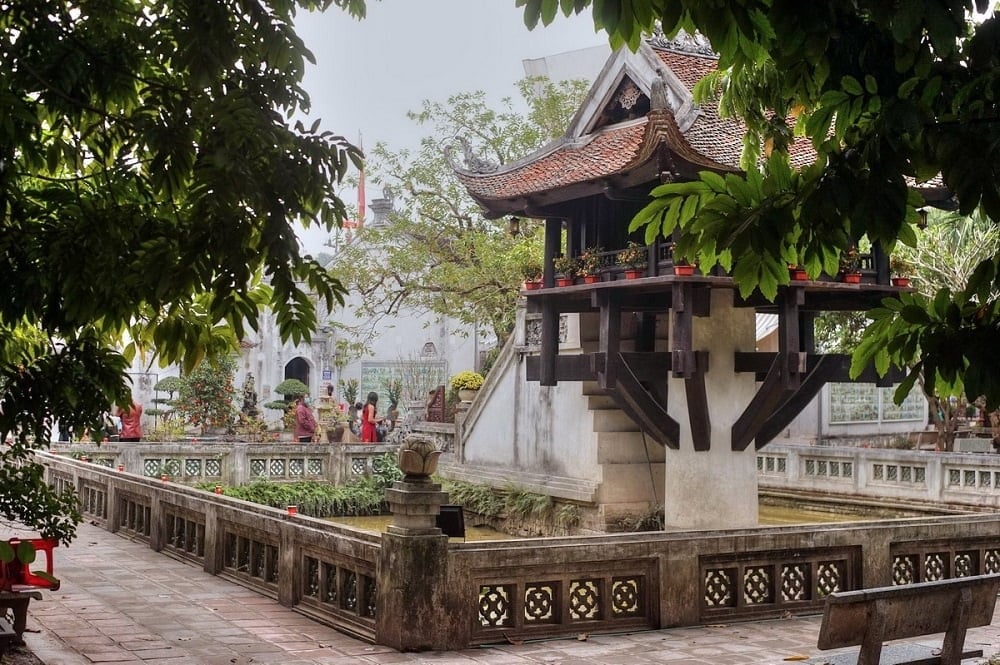
History and legend
The One Pillar Pagoda, also known as Dien Huu Tu (meaning "long-lasting blessings"), was built in 1049 under the reign of King Ly Thai Tong. The birth of the pagoda is associated with a profound legend.
According to legend, King Ly Thai Tong often went to pagodas to pray for children because he was infertile. One night, the king dreamed of Bodhisattva Quan Am sitting on a lotus throne and leading him up. After waking up, the king told his courtiers and was advised by monk Thien Tue to build a pagoda on a stone pillar in the middle of the lake, making a lotus throne for Bodhisattva to sit on, just like in the dream. The pagoda was built to commemorate the kindness of Bodhisattva Quan Am and from then on was named Dien Huu.
Over the course of nearly a millennium, the pagoda has been restored many times. In 1954, the structure was destroyed before the French withdrew from Hanoi. In 1955, the One Pillar Pagoda was rebuilt according to the design of architect Nguyen Ba Lang, retaining its original unique architectural features.

Information to know when visiting
To have a complete tour at One Pillar Pagoda, visitors can refer to the following useful information:
Address and opening hours
- Address: Chua Mot Cot Street, Ba Dinh District, Hanoi. The pagoda is located in the Ba Dinh Square - Ho Chi Minh Mausoleum complex.
- Opening hours: 7:00 - 18:00 daily.
Ticket prices and transportation
- Ticket price: Free for Vietnamese citizens. For foreign visitors, the ticket price is 25,000 VND/person.
- Transportation: Visitors can easily get here by motorbike, private car, taxi or bus. Bus routes with stops near this area include 09A, 09ACT, 18.
Nearby attractions
Due to its central location, from One Pillar Pagoda, visitors can combine visiting many other famous historical and cultural relics of Hanoi:
- Ho Chi Minh Mausoleum (about 250m away)
- Hanoi Flag Tower (about 800m away)
- Thang Long Imperial Citadel (about 1km away)
- Hoa Lo Prison (about 2.4km away)
One Pillar Pagoda is not only an impressive architectural work but also a cultural heritage, a place that preserves the profound spiritual values of the nation. This is a destination that brings peace and valuable historical insights to tourists when visiting the capital Hanoi.
Source: https://baolamdong.vn/chua-mot-cot-kham-pha-doa-sen-nghin-nam-cua-ha-noi-400999.html


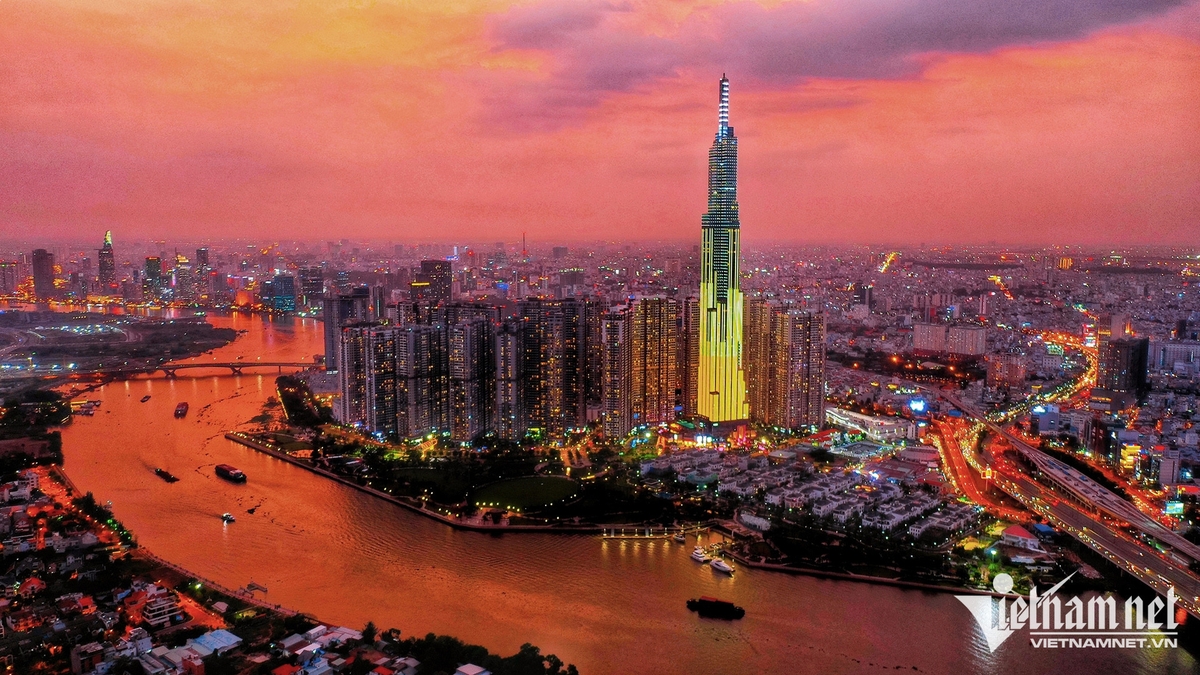



![[Photo] Da Nang: Hundreds of people join hands to clean up a vital tourist route after storm No. 13](https://vphoto.vietnam.vn/thumb/1200x675/vietnam/resource/IMAGE/2025/11/07/1762491638903_image-3-1353-jpg.webp)

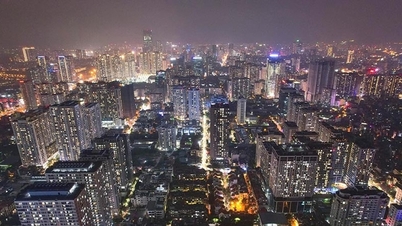

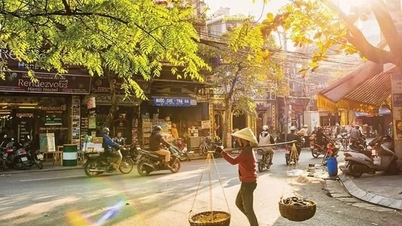



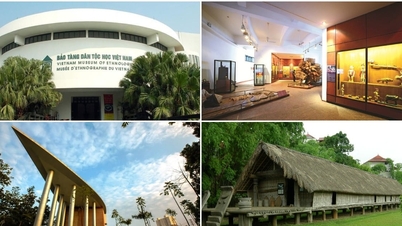

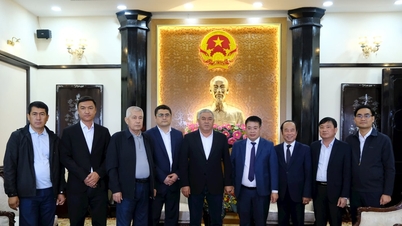

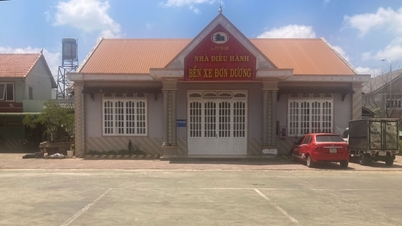






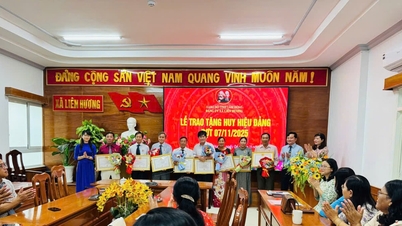




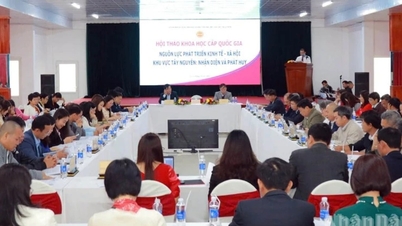







































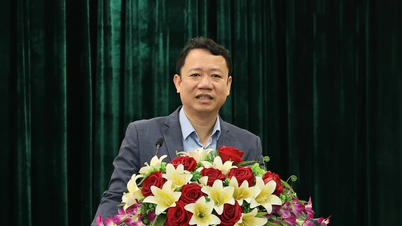








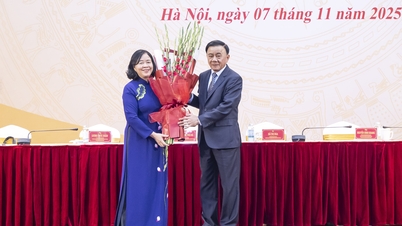




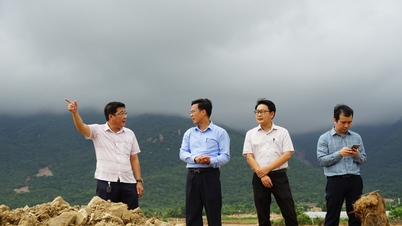


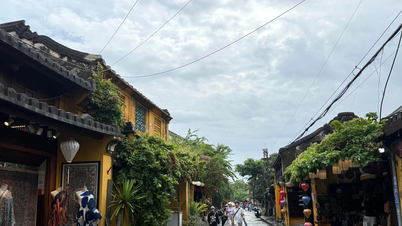


















Comment (0)